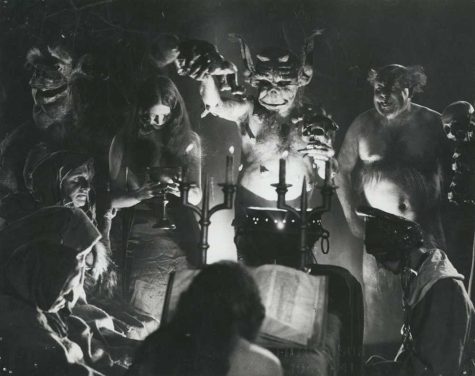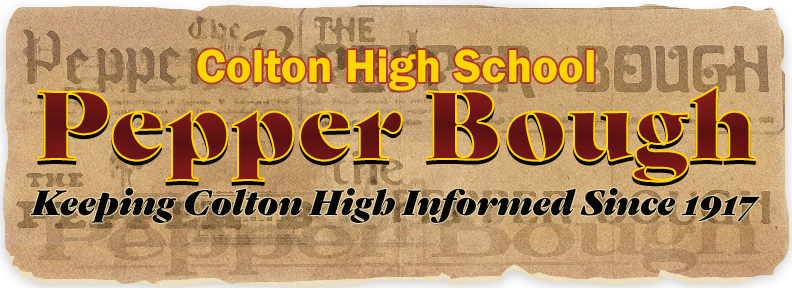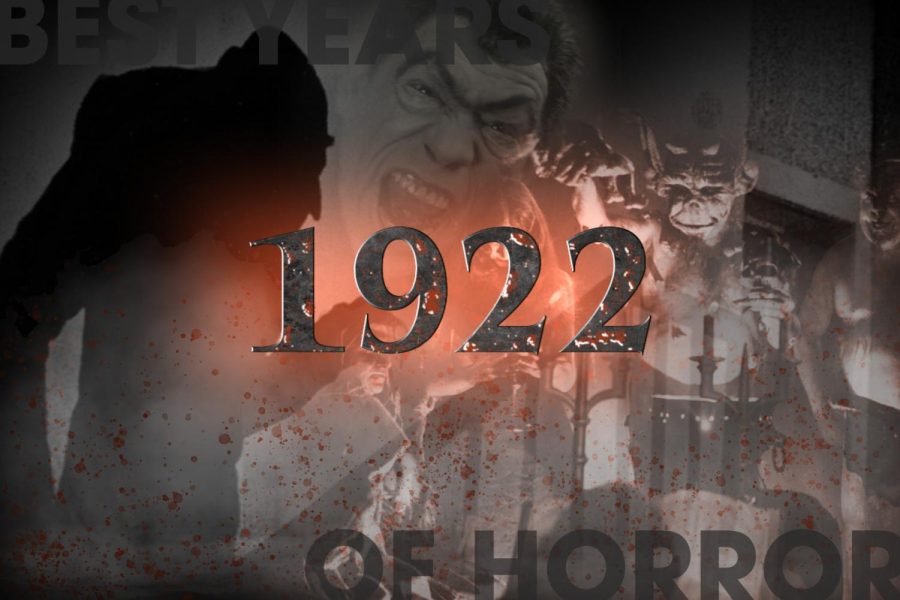The Best Years of Horror: 1922
The horror blueprint is set with a nightmarish monster, creepy docu-horror hybrid, and the emergence of a remarkable make-up artist
1922 was a foundational year in horror film history, giving us a legendary monster, a unique horror-documentary hybrid, and showcasing the talents of a legendary make-up artist.
As we near Halloween season, the staff of the Pepper Bough, plus a few special contributors, is celebrating the history of horror movies by highlighting what we consider the best years for horror movies. These are the years that established new genres, new stars, or produced the most iconic films in the horror film canon.
Audiences love to witness what goes bump in the night to experience the macabre and insane without truly being put through it themselves. As a result, horror movies have always been a haven for those who enjoy the strange, weird, and heart-pumping thrills.
Today, horror fans have witnessed modern slashers, creatures, and supernatural specters. But, to think the blueprint for these modern terrors was drawn up as far back as 1922 when audiences first saw the horrifying vampires that became a staple in horror, the incredible images and creative styles of “Häxan” that inspired so many movies today, and “A Blind Bargain’s” cautionary tale of making deals that are too good to be true.
1922 was the moment the horror gripped the audience and created that addictive adrenaline rush that comes from being frightened by the brilliant directors, writers, and actors of today and tomorrow. So, pay your respect to these dearly departed films and watch actors long expired come back to life in these must-sees:
Nosferatu (1922, dir. F.W. Murnau)

This German silent film that many film historians credit as the first vampire movie was initially supposed to be titled “Dracula” and based on the 1897 novel by Bram Stoker. After many attempts by film studio Prana and director F.W. Murnau to secure the rights to adapt the novel, Stoker’s descendants refused.
But these early filmmakers were not deterred. They changed the vampire’s name to Count
Orlok, cast the brilliant Max Schreck to play the creepy vampire, took out many secondary characters, and changed Stoker’s ending. It was a lot, but Murnau and his team still clearly committed copyright infringement.
It didn’t matter. “Nosferatu” immediately became iconic. Some of its imagery still inspires filmmakers today, such as the shadowy silhouette of Count Orlock with his grotesquely long fingers coming down the staircase to ensnare his victims. On top of that, the unique appearance they gave the count in his long coat, pointed ears, and bunny-vampire teeth are striking and visually more disturbing than the traditional Dracula.
Where cinema in late years made Dracula conventionally attractive, Count Orlock was a monster insider, a rat-faced nightmare designed to haunt the shadows and our dreams.
Eventually, Stoker’s heirs sued over the adaptation, and the court ruled to have all copies destroyed as part of the settlement. However, several prints survived, allowing audiences over the ensuing decades to see what a visual masterpiece this film is. For all the bloodsucker fans, you must see the original movie vampire.
“Nosferatu” is available on several streaming platforms, including Shudder, AMC+, Kanopy (free), Plex (free), and Tubi.
Häxan (1922, dir. Benjamin Christensen)

A hundred years before A24 studios would redefine horror cinema with their literary vision of “elevated horror,” a unique hybrid horror movie combining an educational documentary with fictional depictions of terrifying events shocked the world.
“Häxan,” written and directed by Swedish filmmaker Benjamin Christensen, creates a historical timeline of witchcraft, starting with the medieval ages and ending in the 20th century. The film opens with pictures, woodcarvings, and other representations of witches through the centuries. It’s educational in approach as it shows witches and people’s beliefs around them, but it makes this movie shine through its use of special effects.
They used everything at their disposal in 1922, from live-action, puppetry, elaborate sets, and even stop motion. Senses depict out-body experience, coins acting as if they have a mind of their own, and even people accessing the ability of flight. The practical effects even hold up today and make the film a true specialty in horror.
“Häxan” blends the educational with the supernatural and superstitious, showing how people of our past feared that which they could not understand. Christensen shows these fears of the unknown while also bringing them to life.
“Häxan” is available to watch for free on Kanopy.
A Blind Bargain (1922, dir. Wallace Worsley)

Lon Chaney is a legendary figure in American cinema. His career spanned all the way back to 1912, and included famous roles in a murderer’s row of classic horror movies, like the Phantom in “Phantom of the Opera” (1925), Quasimodo in “Hunchback of Notre Dame,” and Dr. Lamb in “A Blind Bargain.”
“A Blind Bargain” is an American silent film focused on the cruelty of man, and sadly it has been lost to the world. From newspaper accounts, Chaney gives a tremendous dual performance as the cruel Dr. Lamb and his failed experiment, the Ape Man.
The film was considered Chaney’s first great horror film, launching his career as both a talent on screen and with make-up effects. Chaney’s legacy is as “The Man of a Thousand Faces.” Prior to his emergence as an actor, most performers were responsible for applying their own make-up before shooting a movie. There were no make-up departments, and certainly no special effects people designing looks for characters. Chaney’s gift for make-up design and special effects invention arrived at just the right moment as advancements in camera technology made the desire for horror movies much greater. “A Blind Bargain” is early Lon Chaney excellence.
“A Blind Bargain” is a lost film. Thousands of early films have been lost over the years due to any number of issues: degraded materials, fires, destruction during war, or film stock turned over to salvage yards for scrap. Here’s a list of notable lost films.
Recently, the CHS Publications Department experienced a major theft as over $20,000 in photography equipment was stolen from our studio over Spring Break. This included all cameras. Any amount you donate will help rebuild our program. Thank you!




